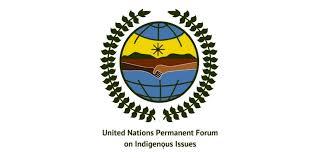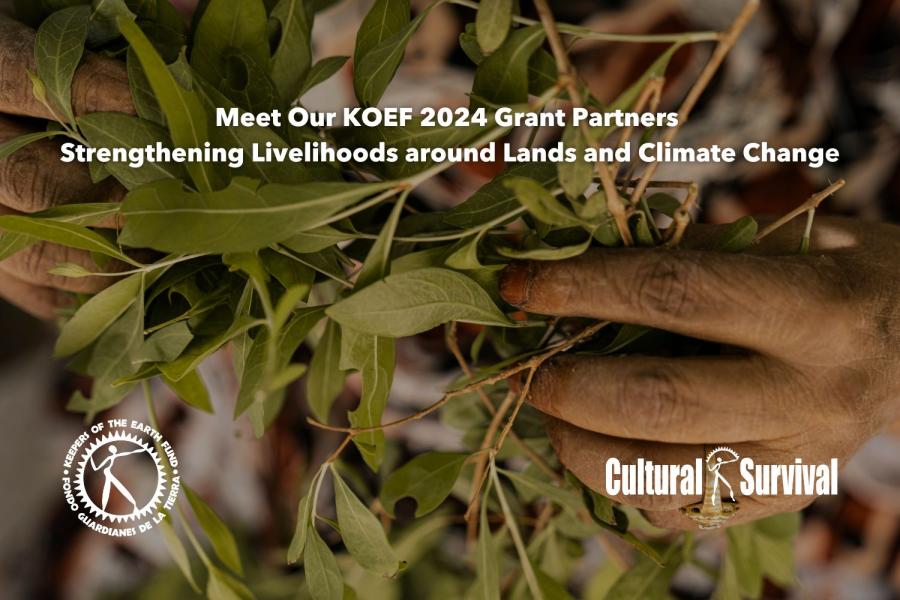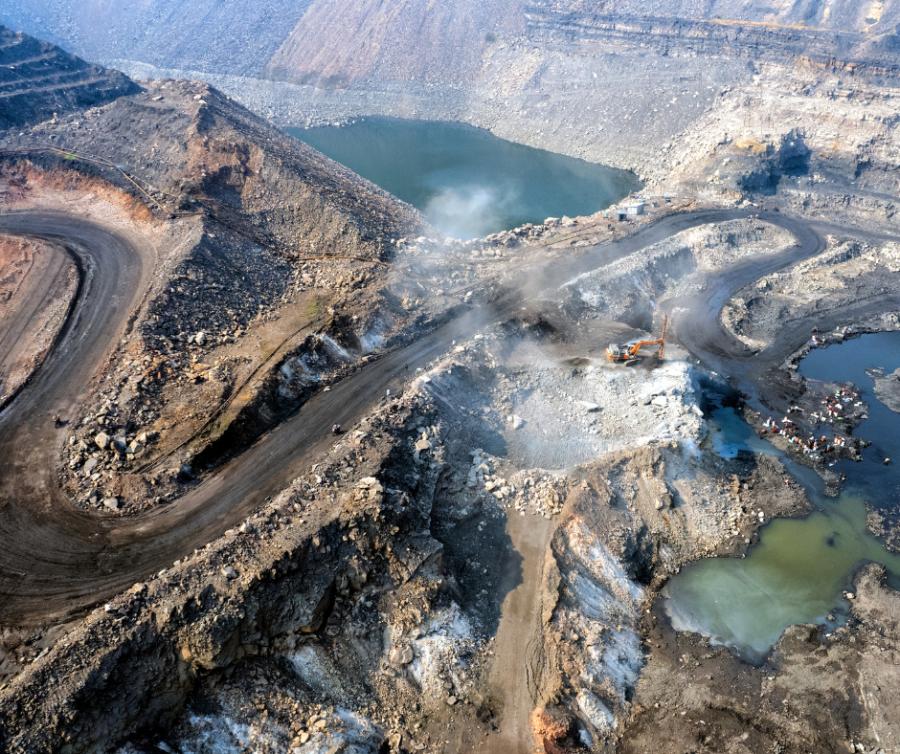
By Ariel Iannone Román
The Study on Indigenous Peoples’ Autonomies: Experiences and Perspectives, issued in April 2020 what was supposed to be the 19th Session of the United Nations Permanent Forum on Indigenous Issues, is an analysis of the current state of Indigenous Peoples’ right to autonomy as outlined in the United Nations Declaration on the Rights of Indigenous Peoples. The study builds on the proceedings and outcome of the January 2018 Economic and Social Affairs meeting, the March 2019 Inter-American Commission on Human Rights seminar, and the July 2019 report of the Special Rapporteur on the rights of Indigenous Peoples. For the purposes of the study, autonomy is defined as “the de facto implementation of self-determination by Indigenous Peoples.”
The study breaks autonomy into two categories: territorial and functional. Territorial autonomy is a “breaking-out” strategy “that aims to create autonomy and self-determination through territorial self-rule.” Functional autonomy is a “breaking-in” policy which involves the continuous promotion of Indigenous rights in agreements with the State via “legitimate Indigenous political leadership.” Functional autonomy may include territorial self-rule, but the important distinction is that it attempts to go beyond the establishment of rights in relation to a specific territory.
In certain cases of territorial autonomy, the State may determine a specific territory in which Indigenous Peoples are given specific rights. Other cases involve the forced displacement of Indigenous Peoples into government-determined autonomous territorial structures. Territorial autonomies around the world have been established at the family, village, community, and regional levels. In each case, this form of autonomy can be considered a form of government where all citizens are given equal rights in principal, and those who fulfill specific criteria have voting rights in the governing structures.
In cases where the establishment of territorial and political autonomy appears unrealistic for the foreseeable future, Indigenous Peoples have been able to negotiate land claims in order to exert the rights of collective ownership, or other forms of control, over their traditional territories. All land claims involve surface and subsurface rights, and Indigenous Peoples for the most part have only been granted surface rights, with limited subsurface rights. Sometimes, land claims are restricted by use, as well.
Functional autonomy includes ethnic and cultural categories. “Ethnic autonomy within a nation-State gives specified rights to all members of the Indigenous group, for example, when Indigenous groups are allowed to establish their own schools or speak their own language in court.” Cultural autonomy is a more limited form that attempts to unite Indigenous Peoples who have been scattered between urban areas and traditional homelands, so that their rights may be recognized despite the “diasporic indigeneity” that has seen the community become physically separated.
Though Indigenous autonomies are always a part of the nation-State, they can exist with independent, parallel, or subsumed integration, with most autonomies including different aspects of each type, particularly subsumed integration. Independent autonomy is type of a “nested autonomy,” where the State government can’t intervene in decisions made by the autonomous government as long as those decisions don’t fall outside of the scope of the autonomous unit’s authority. Parallel autonomy is “where the Indigenous autonomy exists in parallel to the national structures.” In these cases, the Indigenous community as a whole has “exclusive land rights within a certain territory,” while each member of the community still maintains their individual rights as a citizen of the State. In subsumed autonomies, the Indigenous autonomy is subsumed to the national political structure in one way or another. The most extreme version of this occurs when “the general rules of the autonomy are the same as those under which the rest or majority of the population live.” In these cases, Indigenous autonomy is administered by the national system in the same way as a regional or municipal unit.
The most radical form of autonomy is voluntary isolation, which is “a form of forced isolation or a reaction to being excluded and a need to flee from atrocities.” The Indigenous communities who fall under this category are among the most vulnerable peoples in the world, and the study emphasizes the need for a legal and political framework that ensures that the choice to isolate is respected and protected, and that prepares for the day the community may choose to contact the outside world.
The bulk of the study is dedicated to a discussion of thematic issues. Key obstacles identified by Indigenous Peoples in the successful establishment of autonomy are “natural resource extraction, lack of political recognition and the influx of settlers.” Other external factors mentioned are “racism, the caste system, opposition from other Indigenous groups in the country, the criminalization of Indigenous Peoples, a lack of involvement in projects affecting them and increasing disrespect for human rights by politicians, the authorities and the general public.”
The process of negotiating autonomies is long and expensive, and often Indigenous communities lack legal or publicly elected representatives who can spearhead negotiations. Working with non-Indigenous recruited experts has mixed results, as they don’t typically speak the Indigenous language or share the same traditions. Another issue is organization, as most Indigenous Peoples find the national political parties of their country to be of no help in promoting their rights. The study states that “although Indigenous Peoples in most countries relate to political parties for jobs, national elections, lobbying, etc, other ways must be found for promotion of autonomy.”
It is difficult to establish territorial autonomy when Indigenous Peoples are not the majority population in the area. A parallel functional autonomy is a more realistic choice for these situations. Other alternatives include autonomy at the community level, or in one particular case in Canada, the merging of “a First Nations band government and a municipal government into a single authority.” Even after autonomy has been successfully established, there is often a lack of implementation of key agreements since the negotiated rights haven’t been translated into legislative, administrative, or other measures. Another issue has been the process of regression that has Indigenous Peoples witnessing the erosion of rights that had been previously established.
When the choice is available, Indigenous communities must decide if their autonomy should be structured as a public government or an Indigenous self-government. When an autonomy becomes a public government, then it becomes fully subsumed in the State’s political and administrative structure. This can limit the promotion of Indigenous rights given the weight of most State bureaucracies, which use frameworks that are very different from the traditional Indigenous structures. If the autonomy becomes an Indigenous self-government, the community must decide if their governance should align with national rules, local traditions, or a combination of both.
In the absence of being able to establish autonomy, Indigenous Peoples have made attempts to modify land claims into comprehensive agreements to combine political rights with territorial rights. Land claim titles have often been awarded without being negotiated by Indigenous representatives. This results in the land being vested in regional and for-profit corporations, and reduces the Indigenous community to being shareholders. This illustrates the drawback of land claims, as “the experiences of many countries have shown that this does not protect the lands against intruding interests and that discrimination continues into the court system.”
Recognition is an obvious pre-condition to genuine autonomy, and provides a platform from which to move forward with attempts to establish autonomy and Indigenous rights to self-determination. A key issue here is “who has the right to define Indigenousness.” There are different ways to achieve recognition, including through constitutional amendments, by law, or by legal provisions. In countries that lack official recognition, “Indigenous Peoples can be said de facto to have some degree of recognition as being labelled scheduled tribes, marginal or vulnerable groups.”
Many governments around the world have established institutions dedicated to promoting the rights of Indigenous Peoples, though the study notes that these attempts would be better served by turning the control of these institutions over to Indigenous Peoples. In general, the promotion of Indigenous rights is better guaranteed when co-management and conflict resolution mechanisms are legally and politically guaranteed with procedural consistency. “The most successful autonomies are those where both the Indigenous Peoples and the Governments feel ownership of and responsibility to the establishment of Indigenous autonomies.”
The study closes by making several recommendations to the Permanent Forum on Indigenous Issues that include promoting dialogue between Indigenous Peoples and Governments, increasing the understanding and support of United Nations agencies and other relevant institutions, and facilitating an inclusive process to develop guiding principles for the implementation of Indigenous Peoples’ rights to autonomy and self-government. At the State level, the study encourages the establishment of “ombudsman institutions to ensure that the rights of all Indigenous Peoples are respected and protected.” It also stresses the importance of developing official grievance mechanisms to hold States accountable and establishing protective frameworks for Indigenous Peoples living in isolation.
Read the entire Study on Indigenous Peoples’ Autonomies here.



